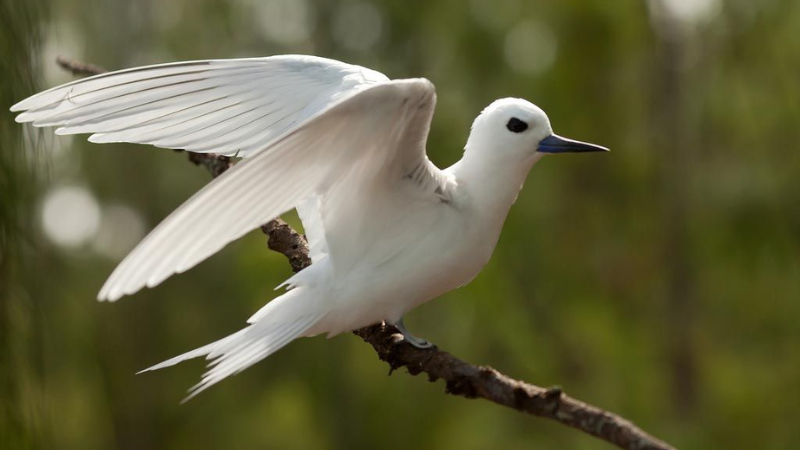While many birds are known for their intricate nest-building skills, some species take a completely different approach to raising their young. These birds have evolved unique strategies that eliminate the need for traditional nests, often relying on their environment or the nests of other birds. Here are eight bird species that don’t make nests, yet successfully raise their offspring in fascinating ways.
Emperor Penguin
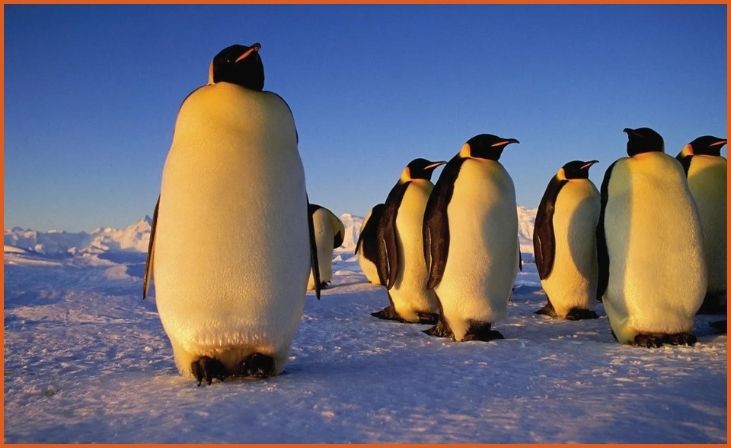
Female Emperor Penguins lay their eggs directly on the icy Antarctic ground. Instead of building a nest, the male penguin incubates the egg by balancing it on his feet, keeping it warm within his specialized abdominal pocket. This remarkable adaptation allows the egg to stay safe and warm throughout the harsh winter months until it hatches.
Chuck-Will’s-Widow
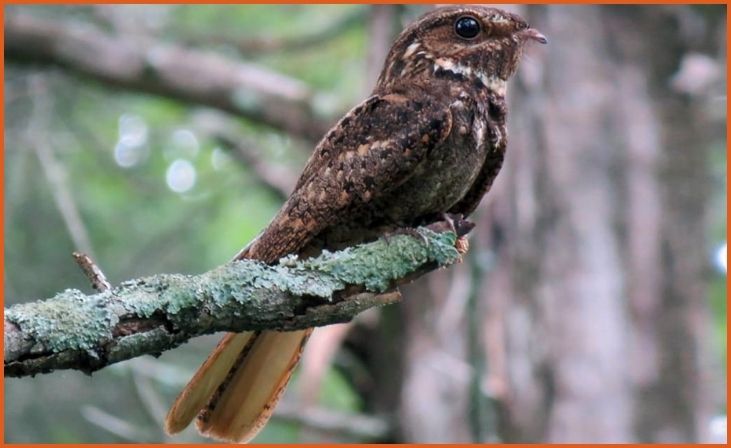
Chuck-Will’s-Widows avoid nest building by laying their eggs directly on the forest floor, often among leaves, pine needles, or dirt. Their eggs blend seamlessly with the surrounding environment, providing natural camouflage. The parents further protect the eggs by incubating them on the ground, relying on their cryptic plumage to avoid predators.
Common Murre

Common Murres lay their eggs on rocky cliff ledges, often within densely packed colonies. Their eggs have a unique pointed shape, which prevents them from rolling off the narrow ledges. Without the use of nests, these birds rely on the constant vigilance of both parents to guard the eggs from predators and ensure their safety until hatching.
White Tern
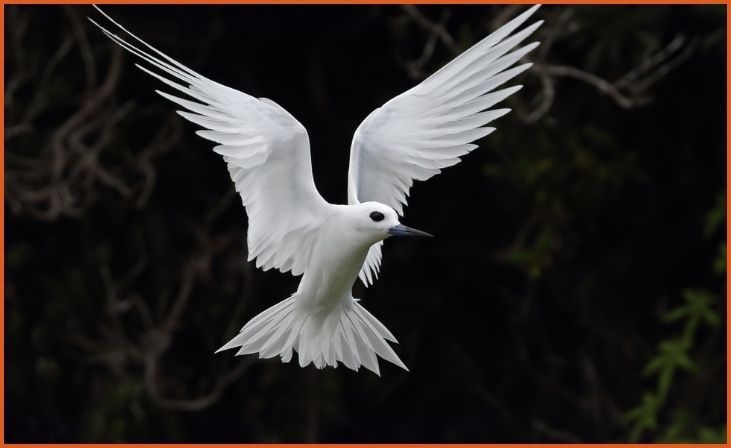
White Terns forego nest building by laying their eggs in natural tree nooks and crevices. This strategy minimizes the attraction of parasites and offers natural protection from the elements. By utilizing these secure spots, White Terns can avoid the dangers associated with traditional nests, while still providing a safe environment for their eggs.
Common Potoo

Common Potoos lay their eggs on broken tree branches, without constructing any form of nest. This unusual approach helps them blend into their surroundings, enhancing camouflage and reducing the risk of predation. The Potoo’s remarkable ability to remain still and mimic its environment ensures the safety of both the egg and the incubating parent.
Cowbird

Cowbirds are known for their brood parasitic behavior, meaning they lay their eggs in the nests of other bird species. Rather than building nests of their own, Cowbirds leave their offspring to be raised by unsuspecting host parents. Protected under the Migratory Bird Treaty Act, Cowbirds have evolved to take advantage of this unique reproductive strategy.
Cuckoo Finch
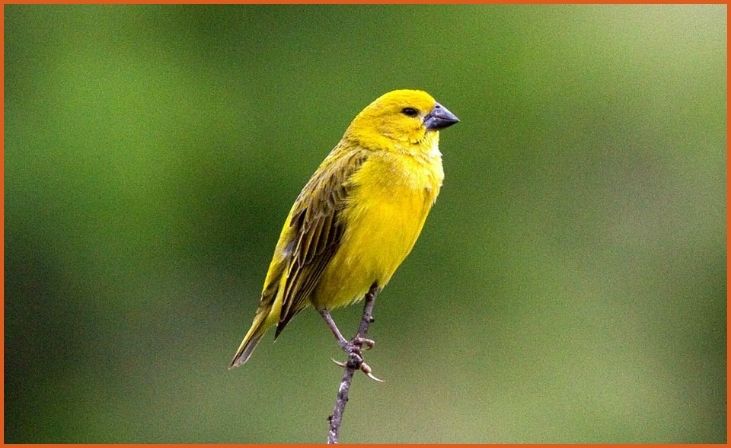
Like Cowbirds, Cuckoo Finches are brood parasites that lay their eggs in the nests of other birds, particularly targeting Tawny-flanked Prinia nests. However, prinias have developed defenses against this parasitism, such as pecking at the cuckoo eggs to remove them. Despite these challenges, Cuckoo Finches continue to rely on other species to raise their young.
Common Cuckoo

The Common Cuckoo is another brood parasite that lays its eggs in the nests of various other bird species. The young cuckoos are often aggressive, pushing out or killing the host’s eggs and chicks to eliminate competition. Despite this ruthless behavior, the host parents are usually convinced to feed and care for the young cuckoo, ensuring its survival.

